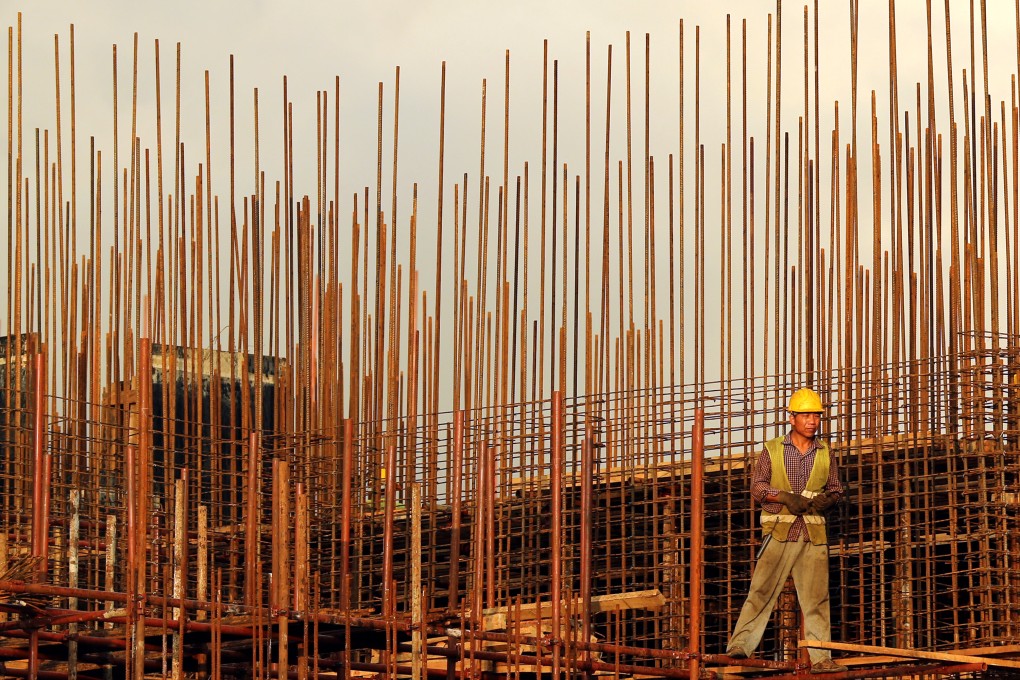Advertisement
China must consider environmental effect and economic fragility for belt and road projects, study says
- China’s ambitious effort to address global inequality and boost trade has an unequal problem of its own
- Study finds some countries are in desperate need of economic development but their environment could collapse in rapid growth
Reading Time:4 minutes
Why you can trust SCMP
17

The lion’s share of Belt and Road Initiative investment should go to countries in southern and southeast Asia because they have fewer environmental issues to threaten economic development, according to a new study in China.
The study led by Professor Fang Chuanglin argued that some countries in the land-based Eurasia economic belt such as Iran and Afghanistan were poor and in desperate need of economic development, but their fragile environment could collapse in rapid growth. Fang is a senior adviser to the Chinese government with the Chinese Academy of Sciences’ Institute of Geographic Sciences and Natural Resources Research in Beijing
The study authors said there were also many underdeveloped countries along the sea route through the South China Sea and the Indian Ocean, but that their environmental footprints remained much smaller, providing greater room for future development.
Advertisement
A total of 18 countries, including Thailand, Vietnam and Sri Lanka, were highlighted as “key development zones” and “the pace of their economic agglomeration should be accelerated”, said Fang and colleagues in a paper published in the journal Science Bulletin this month.
In areas where the environment could not support a booming economy, “developed countries should shoulder more responsibilities”, the authors added.
Advertisement
Advertisement
Select Voice
Choose your listening speed
Get through articles 2x faster
1.25x
250 WPM
Slow
Average
Fast
1.25x
